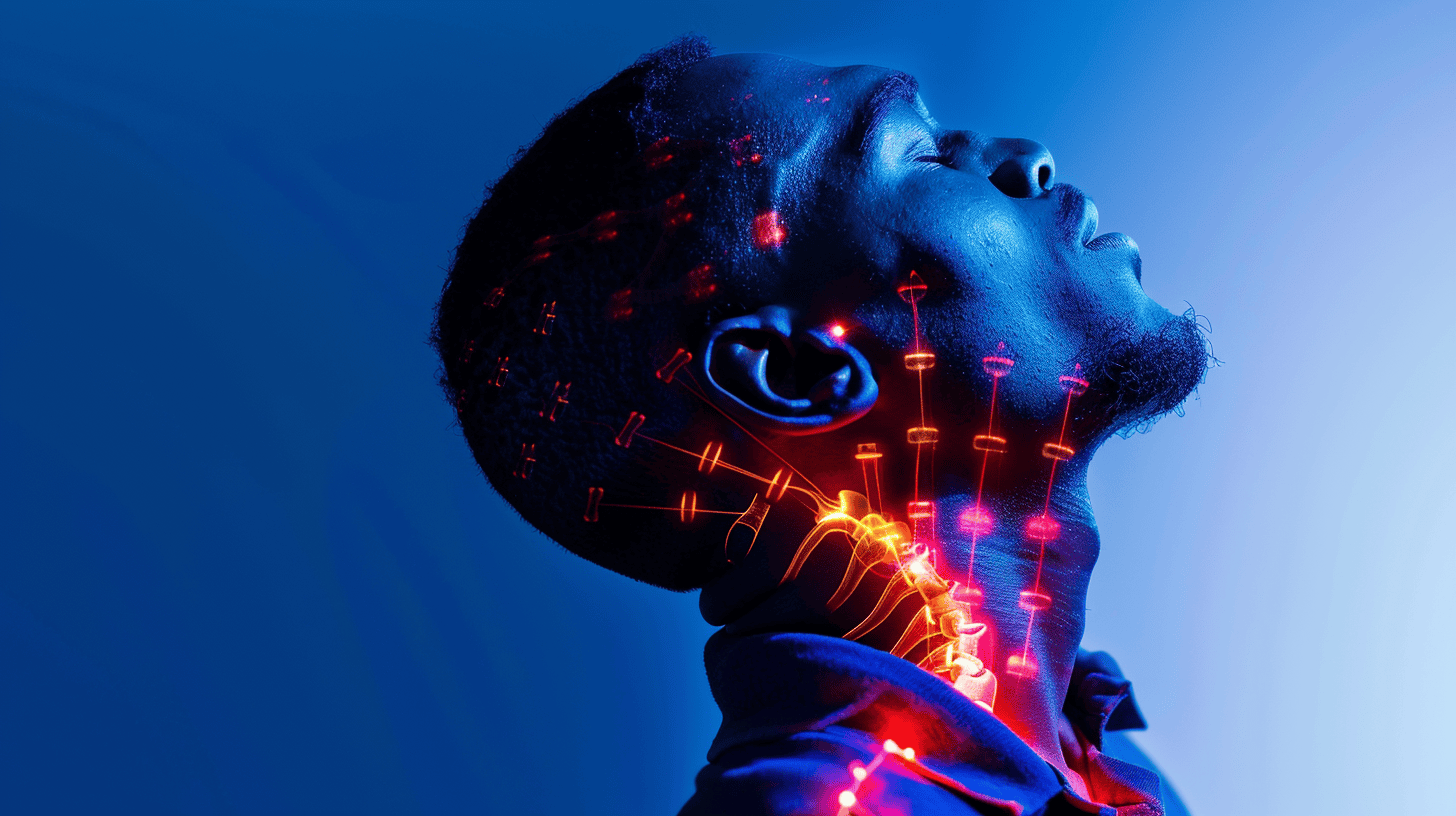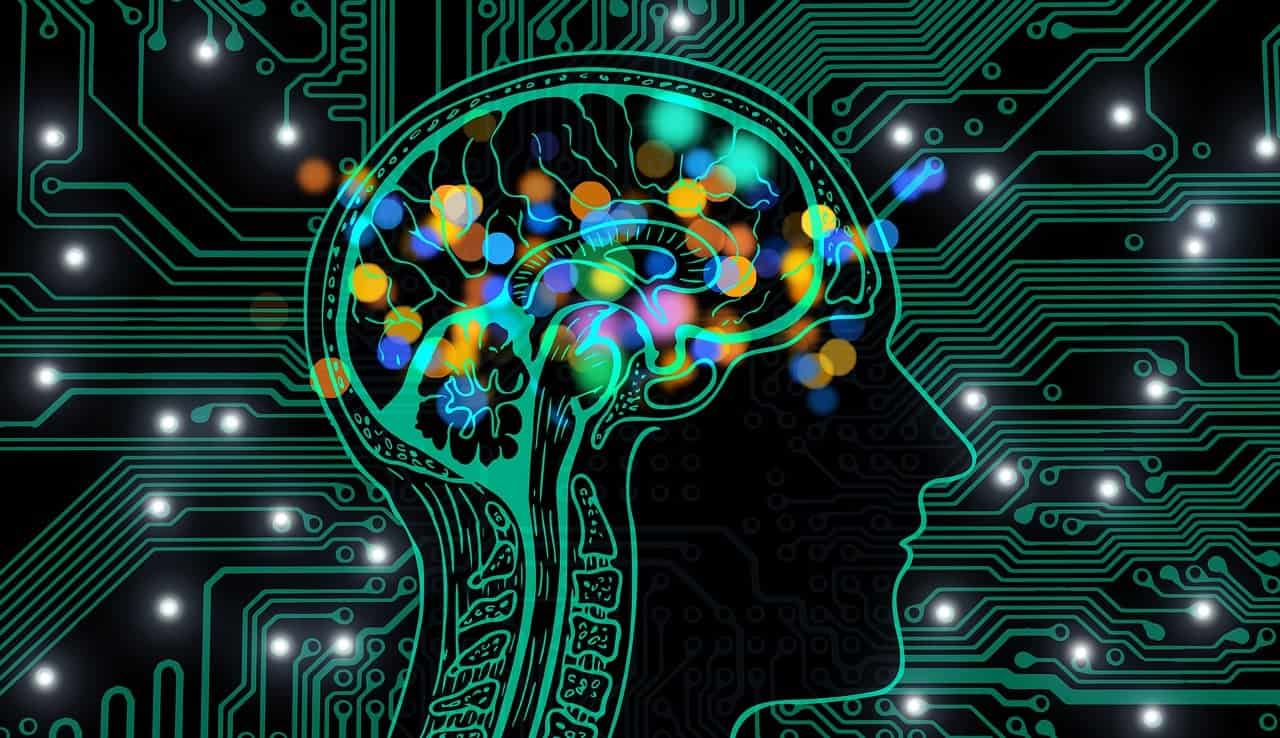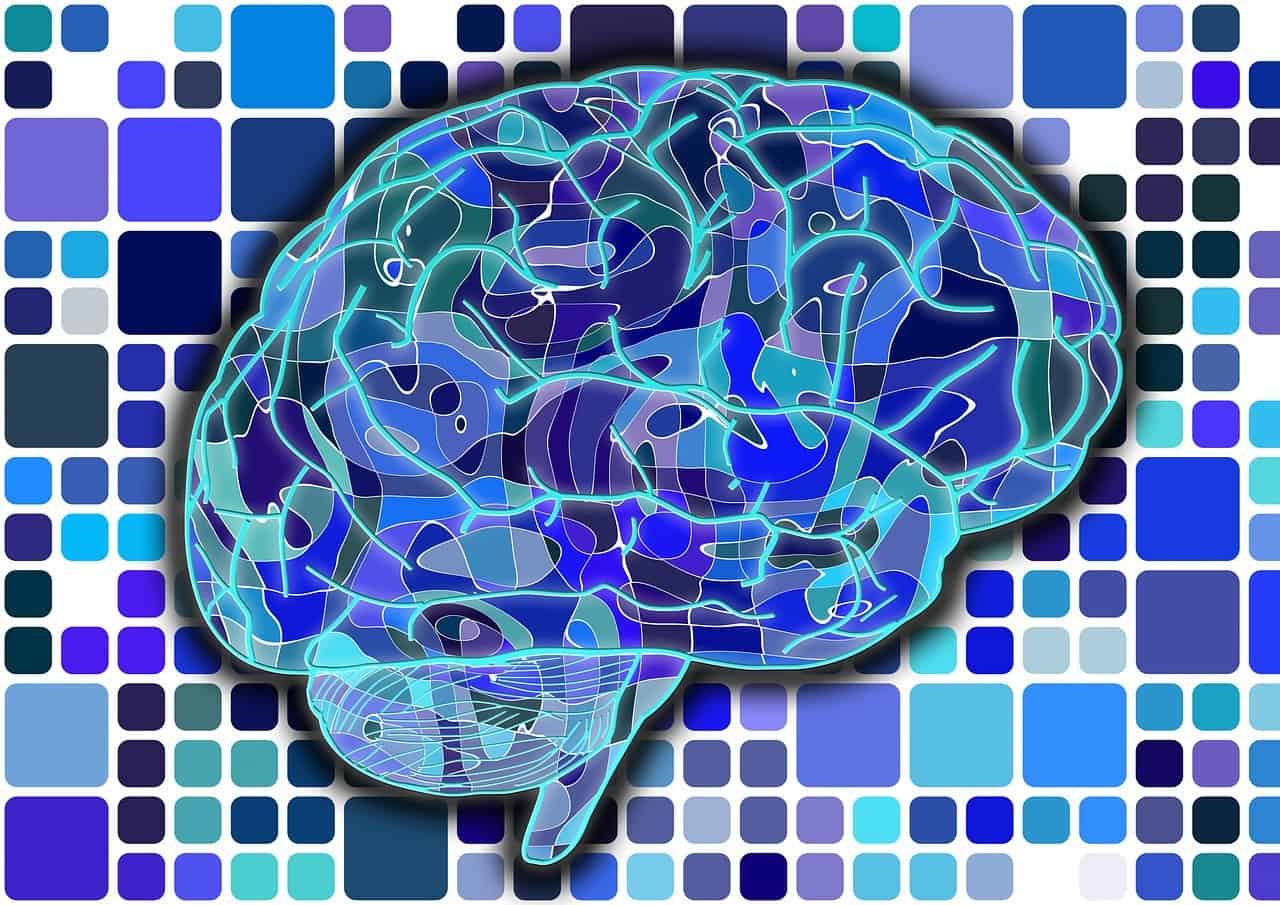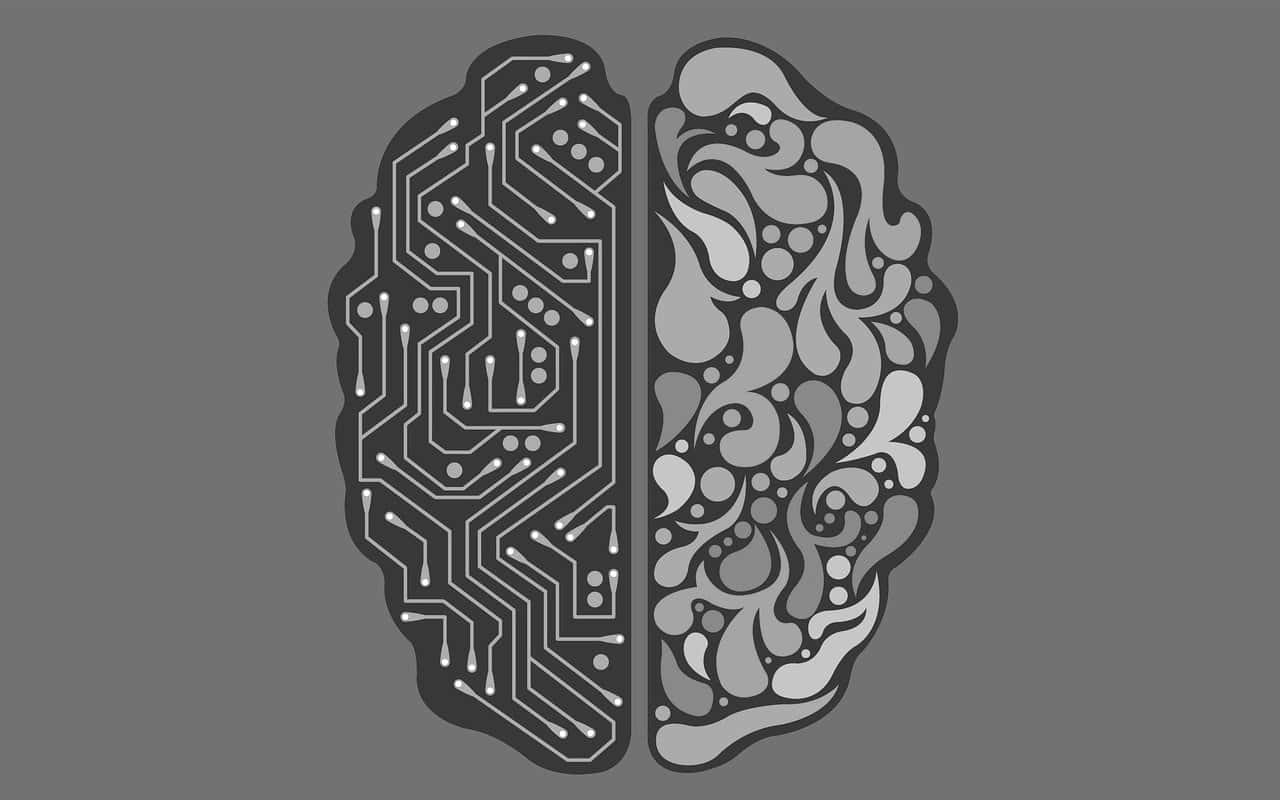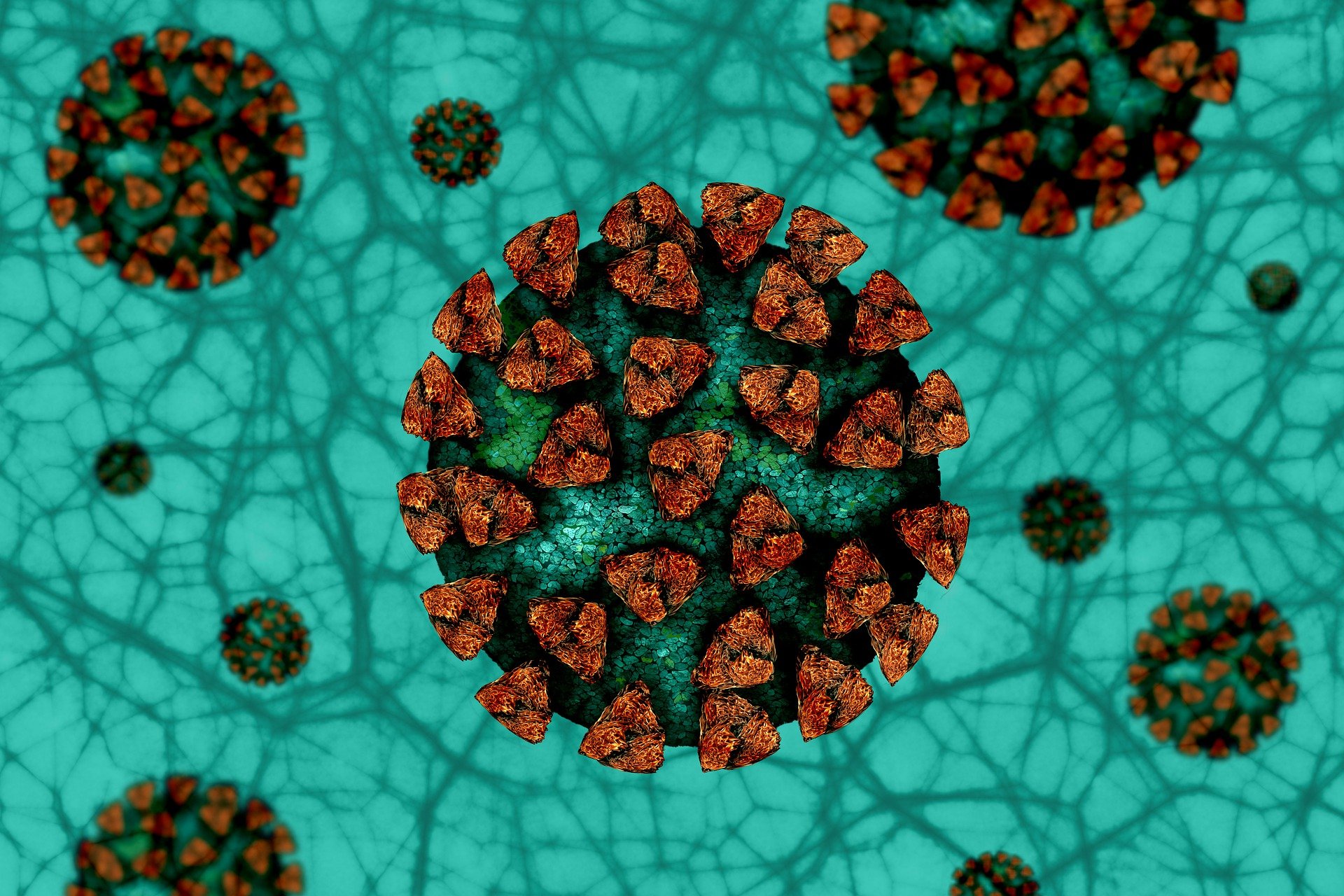
Dutch researchers have debunked the myth that long COVID-19 is psychosomatic by discovering physical changes in muscle tissue, offering new hope for sufferers. Published in Nature, the study highlights damaged muscle fibres and dysfunctional mitochondria, which explain the pain and fatigue patients experience post-exertion. These findings pave the way for targeted treatments, bringing relief and validation to many.
The nature of long covid has baffled scientists and tormented patients for years. Its symptoms, ranging from brain fog to debilitating fatigue, have often been misattributed to psychological factors. However, a recent study by Dutch researchers has shifted the narrative, conclusively identifying physical abnormalities in patients afflicted by this condition. The impact of this research is significant, not only for its scientific merit but also for the solace it brings to those affected.
- Dutch study disproves long covid as psychosomatic, revealing muscle tissue damage and mitochondrial dysfunction.
- Findings pave the way for targeted treatments, challenging previous psychological attributions to symptoms.
- Research revolutionizes long covid understanding, emphasizing tailored therapies and offering validation to sufferers.
Physical evidence in muscle tissue
The findings from Amsterdam UMC and Vrije Universiteit (VU) Amsterdam are at the heart of this breakthrough. The teams conducted an exhaustive comparison of muscle tissue between long covid patients and healthy individuals. The results were stark: those suffering from long covid exhibited pronounced changes in muscle fibre composition, which were absent in their healthy counterparts. This discovery, published in the prestigious journal Nature Communications, represents a tangible shift in understanding the condition.
The study involved 25 long covid patients and 21 control participants, who performed a 15-minute cycling test designed to provoke post-exertional malaise (PEM). This malaise is characterized by a worsening of symptoms following even minor physical or mental exertion. Researchers could observe the biological aftermath of induced PEM by comparing blood and muscle tissue samples from before and after the cycling test. The findings illuminate the physiological stress that long COVID patients endure following activity, a stress that is now understood to be deeply rooted in their muscle cells.
Understanding the role of mitochondria
Central to the study’s breakthrough is the role of mitochondria, the cell’s powerhouse responsible for energy production. Researchers observed that in long-term COVID patients, these mitochondria are less efficient, leading to decreased energy output. This cellular dysfunction offers a biological explanation for the relentless fatigue that plagues long covid sufferers. It’s not simply a case of feeling tired; their muscles are physically incapable of generating the required energy to function normally after exertion.
Implications for treatment and recovery
The research challenges the existing understanding of long covid and revolutionizes the approach to treatment and rehabilitation. Traditional physiotherapy and exercise regimens, which encourage pushing physical boundaries, may prove counterproductive for those with long-term COVID-19. Instead, tailored therapies that acknowledge these patients’ biological constraints are essential.
For patients, the confirmation that their symptoms have a physical basis is a relief. It acknowledges their experiences and encourages a more empathetic and informed response from the medical community.

The road ahead for long covid research
While the study by Dutch researchers has made significant strides in understanding long covid, the journey is far from over. Marc Bonten, a microbiologist, cautions that further research is necessary to solidify the link between the observed muscle damage and the symptomatic experiences of patients. This call for additional investigation is echoed by the research community, as a deeper dive into the enzymatic processes and protein clusters within muscle cells could unlock even more answers.



